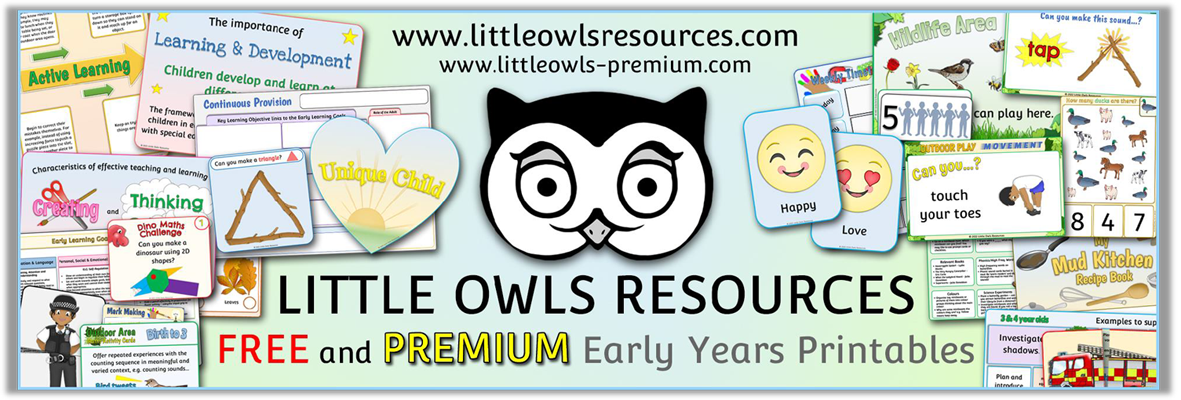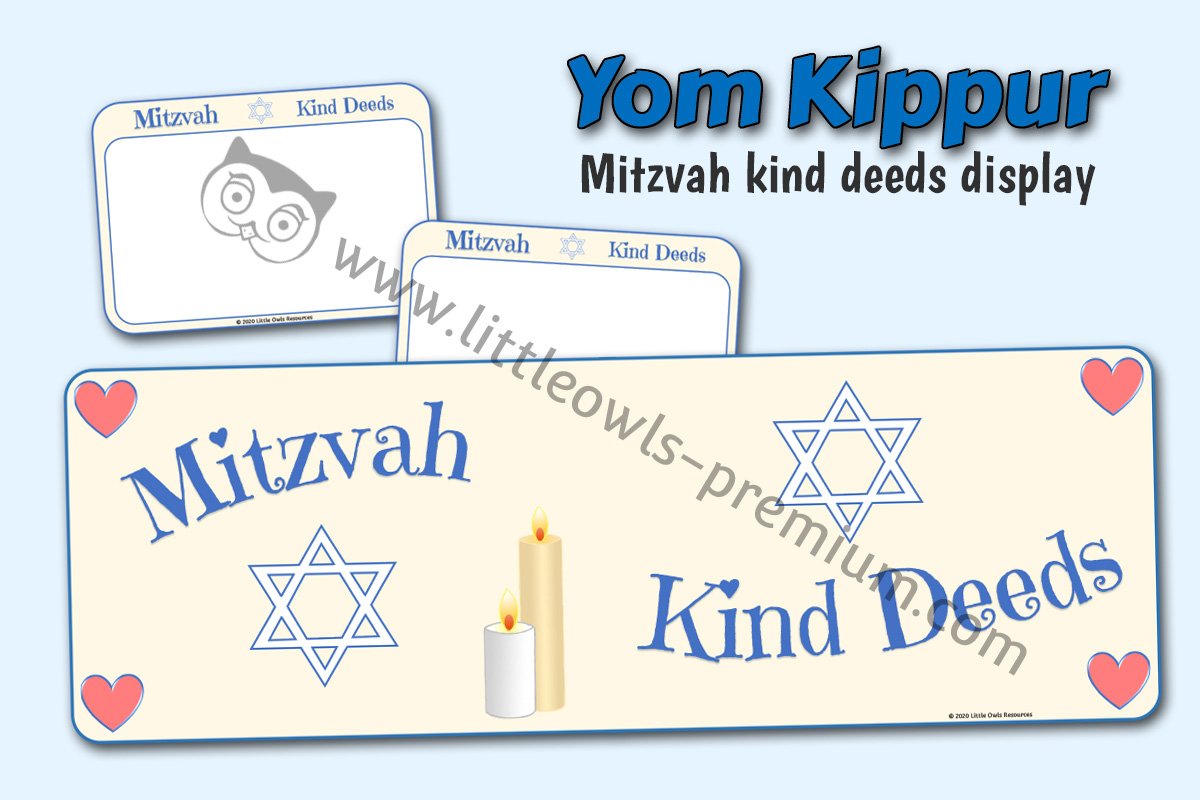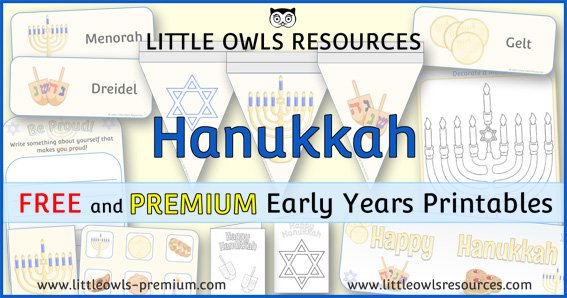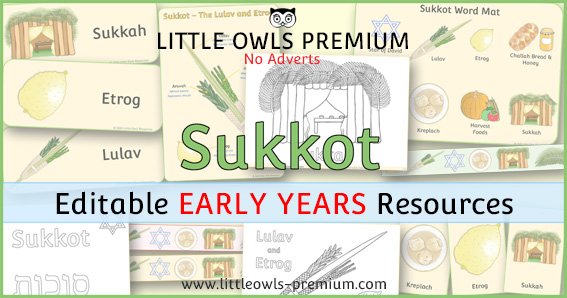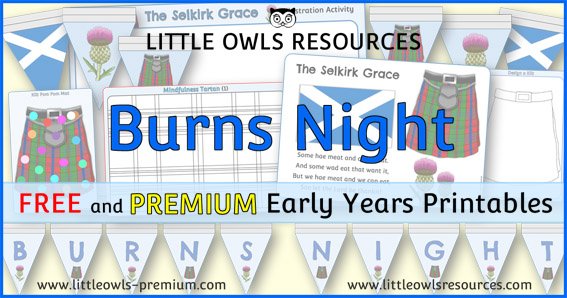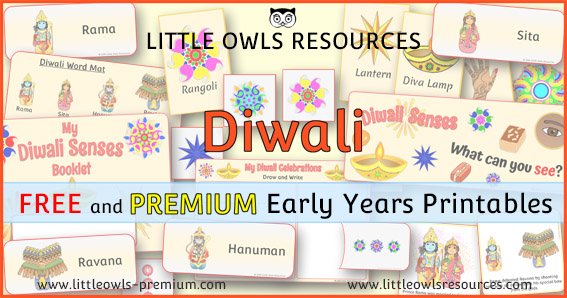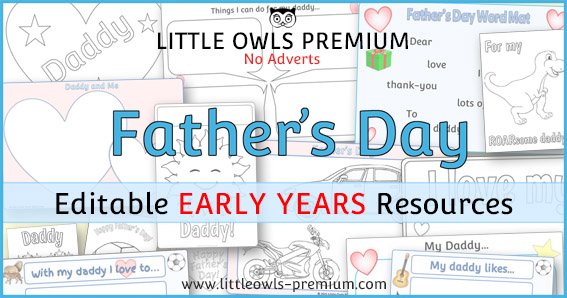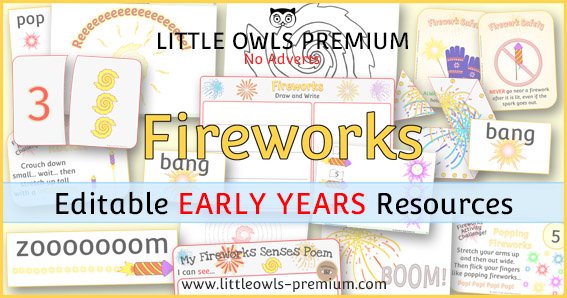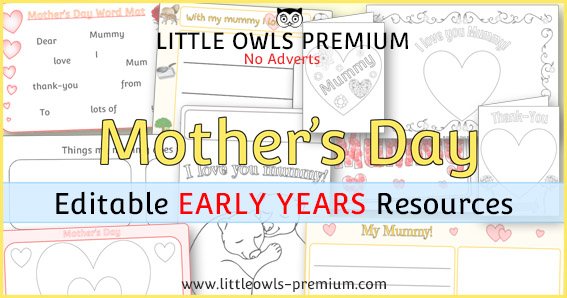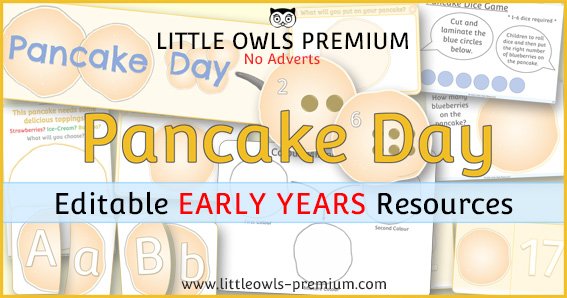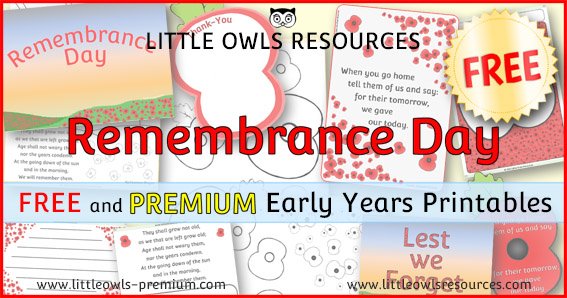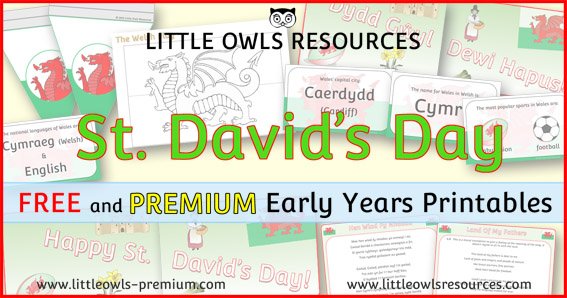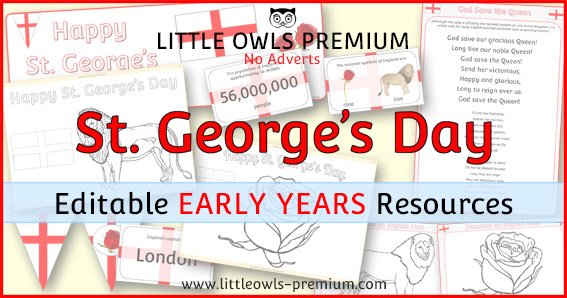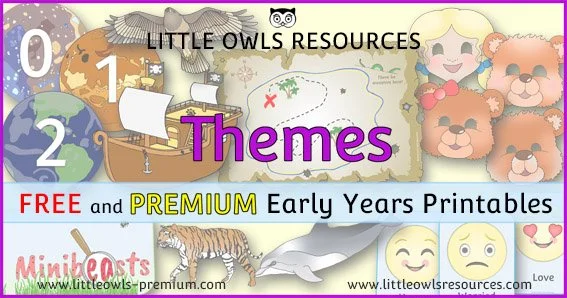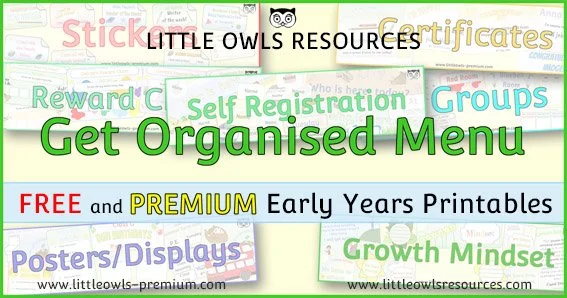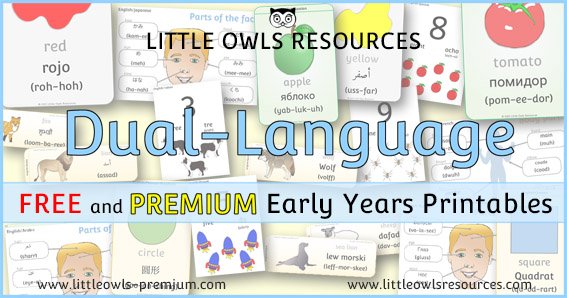Yom Kippur - EYFS/Early Years activities, Displays and ideas
1st – 2nd October 2025
SECTIONS ON THIS PAGE:
Free Sample Resource
An overview of ‘Yom Kippur’
Core ‘Yom Kippur’ resources - Use the drop-down to filter by keywords or SCROLL DOWN to browse
Related topics and pages
If you are not a member already, become a ‘Free Access’ member here. This will give you access to resources within the ‘Free Sample Resources’ sections at the top of most pages and ‘Special Dates Calendars’. Some whole topics are even free! Find out more about all of our membership options here. If you are already a member… thank-you! x
FREE SAMPLE RESOURCE!
(Click on the image below to find out more)
Please note that both Editable (docx file) and non-editable (pdf file) versions are available for all Yom Kippur topic resources. (Editable files require Microsoft Word to work at optimum level and Non-Editable files require a pdf viewer.)
An overview of Yom Kippur
Yom Kippur, also known as the Day of Atonement, is the holiest day in the Jewish calendar. It is a day dedicated to repentance, reflection, and seeking forgiveness for sins committed over the past year. Yom Kippur marks the culmination of the Ten Days of Repentance, which begins with Rosh Hashanah (the Jewish New Year).
Key Aspects of Yom Kippur:
1. Atonement and Repentance:
Yom Kippur is centred around the theme of seeking atonement (forgiveness) for wrongdoings. Jews ask for forgiveness from both God and people they may have wronged.
It is a time for self-reflection, spiritual cleansing, and renewing one’s commitment to live a moral and ethical life.
2. Fasting:
One of the most well-known practices of Yom Kippur is a 25-hour fast that begins before sunset on the eve of Yom Kippur and ends after nightfall the next day.
The fast involves abstaining from food, drink, and other physical comforts like bathing or wearing leather shoes, symbolising a focus on the soul rather than the body.
3. Prayer and Services:
Yom Kippur is marked by extended synagogue services, which include special prayers such as the Kol Nidre (a prayer recited on the eve of Yom Kippur) and the Vidui (confession of sins).
The day is filled with prayer, focusing on repentance, forgiveness, and spiritual renewal.
4. Wearing White:
Many people wear white clothing on Yom Kippur as a symbol of purity and spiritual cleansing, reflecting the desire to be forgiven for past sins.
5. The Book of Life:
According to Jewish tradition, during Yom Kippur, God seals the fate of each person for the coming year in the "Book of Life" after reviewing their actions during the Ten Days of Repentance. Jews pray to be inscribed for a good and peaceful year.
Significance of Yom Kippur:
Yom Kippur is a solemn yet hopeful day. It's a time when individuals reconcile with themselves, with others, and with God. The end of Yom Kippur is seen as a fresh start, with a renewed sense of purpose and commitment to living a more righteous life.
It typically falls in September or October, depending on the Jewish lunar calendar.
Core ‘Yom Kippur’ resources
Click on the thumbnail images below for further details…
You may also find useful resources in…
Related topics you may be interested in…
MORE WAYS TO SEARCH ON LITTLE OWLS - PREMIUM…
(Select the buttons below to visit our menu pages)
